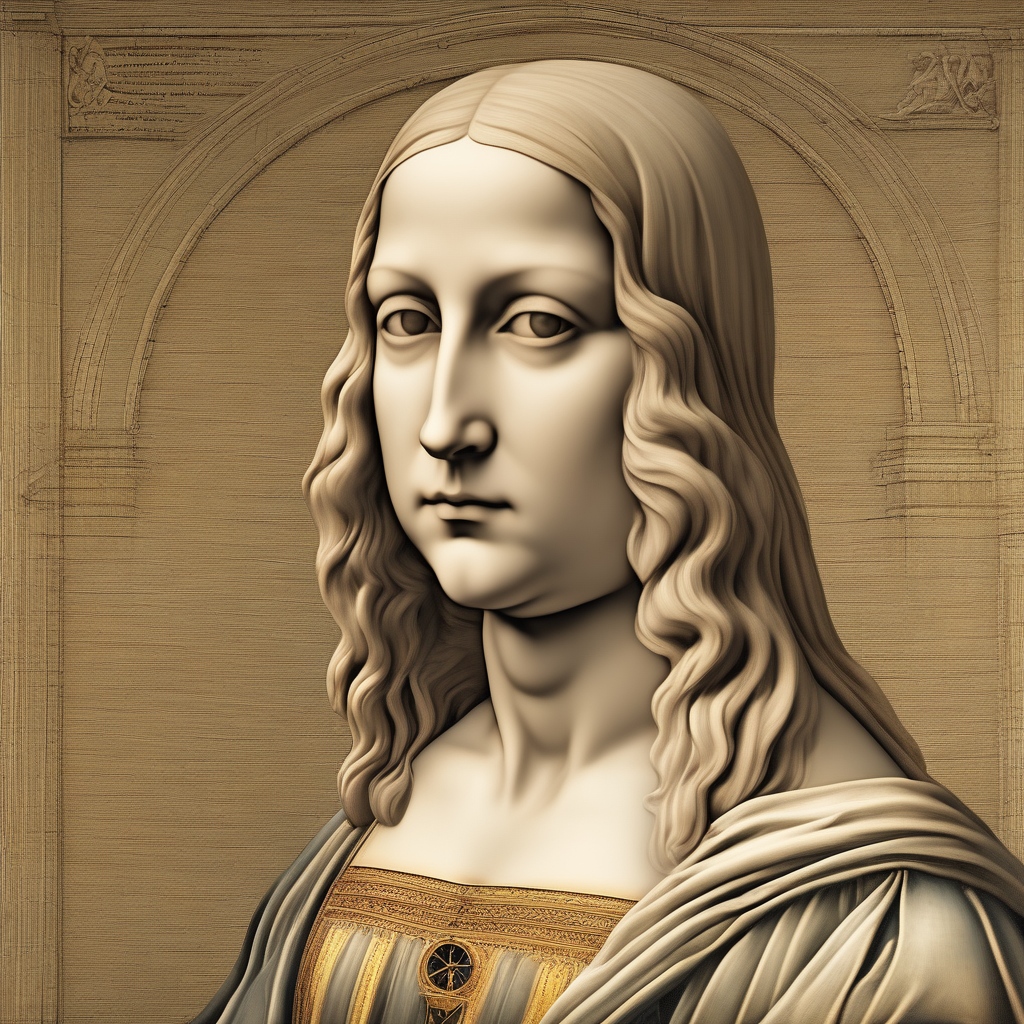Artificial Intelligence (AI) is revolutionizing the world of art, reshaping how we create and perceive artistic expression. From humble beginnings like chatbot-generated poetry to the intricacies of generative art, AI has journeyed far within the artistic realm. This transformative evolution prompts us to ponder its implications for the future of art. In this blog post, we embark on a retrospective exploration of AI’s progression in the art world, tracing its path from rudimentary computer-generated works to the cutting-edge AI masterpieces of today.
The initial forays into creating art with computers can be traced back to the 1950s and 60s when visionary computer scientists and artists dared to venture into the world of algorithmic art. These early creations, though limited in scope and often emulating established artists like Picasso, marked the inception of a new era in artistry.
In the ensuing decades, technological advancements and the development of innovative software opened doors to more intricate and sophisticated forms of computer-generated art. Artists began experimenting with fractals, three-dimensional graphics, and even ventured into the realm of virtual reality, pushing the boundaries of what technology could achieve.
Yet, it was not until the emergence of neural networks and deep learning that the realm of AI in art witnessed a monumental transformation. Neural networks, modeled after the intricacies of the human brain, became capable of recognizing patterns and making predictions, thus enabling the creation of highly realistic images and even videos.
In the contemporary landscape, AI-generated art is gaining rapid acclaim, with artists and galleries showcasing a diverse array of works birthed by AI. These creations span from intricately abstract pieces to lifelike portraits, often blurring the distinction between human and machine-generated artistry.
The consequences of this paradigm shift are profound, extending beyond the art world to impact society at large. AI-generated art signifies the democratization of artistry, granting more individuals the opportunity to partake in art creation, evolving them from mere consumers to creators.
This wave of AI-generated art introduces a fresh realm of possibilities concerning style and aesthetics. AI operates beyond the confines of human perceptual limitations, enabling it to craft novel and unique styles hitherto unattainable. This opens up exciting avenues for self-expression and creativity.
However, the sophistication of AI-generated art brings about significant queries concerning authorship and authenticity. Questions surface regarding the attribution of credit for AI-generated works of art. Is an AI-generated artwork an entirely new creation, or does it merely replicate the data it was fed? These are pivotal inquiries that the art world will need to grapple with in the years to come.
In conclusion, the evolution of AI in art is a dynamic and rapidly advancing field. From its nascent stages of computer-generated art to today’s state-of-the-art AI creations, the journey has been remarkable. With the continued development of technology and the surging popularity of AI-generated art, the future appears promising for this innovative medium. Whether you’re an artist, an art collector, or simply someone who appreciates art, this emerging field is undoubtedly worth keeping a close eye on.
 Generate Art
Print Your Ai Art
Generate Art
Print Your Ai Art
